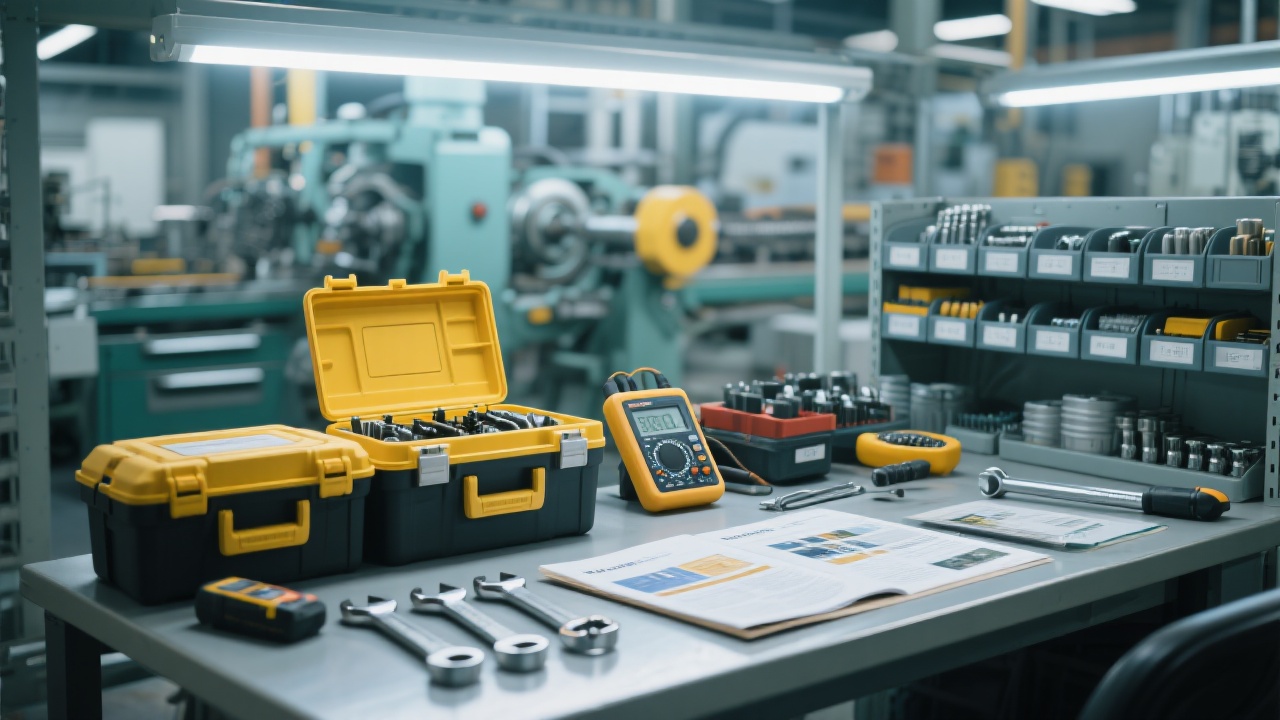Common Fault Troubleshooting and Operational Guidelines for Palm Oil Pressing: Enhancing Factory Stability and Efficiency
2025-10-01
Tutorial Guide
Mastering the common fault troubleshooting and key operational aspects of palm oil pressing equipment is essential for ensuring stable factory production. This article provides an in-depth analysis of typical issues such as material blockages, abnormal pressure, and oil emulsification, exploring their root causes and offering practical troubleshooting solutions alongside routine maintenance recommendations. Drawing on industry best practices and energy-saving optimization techniques, it aids technical personnel in swift fault diagnosis, minimizing downtime, and boosting production line efficiency. Special attention is given to the impact of different raw materials and the role of 304 stainless steel in long-term equipment stability, empowering palm oil producers worldwide—especially in Nigeria—to achieve efficient, safe, and sustainable operations.

Common Troubleshooting and Operational Tips for Palm Oil Pressing: Ensuring Stable Factory Production
Mastering common troubleshooting techniques and operational essentials in palm oil pressing is pivotal for maintaining uninterrupted factory output. Technical teams frequently encounter challenges such as material blockages, abnormal pressure fluctuations, and oil emulsification during extraction. Addressing these issues swiftly not only minimizes downtime but also enhances line efficiency—turning every ounce of input into stable, consistent output.
Identifying Typical Faults and Root Causes in Palm Oil Pressing
Palm oil pressing machinery can experience a variety of issues during production. Below are some of the most typical faults:
| Fault |
Root Cause |
| Material Blockage |
Faulty feeding mechanism; oversized or moist feedstock; accumulation of residual fibers |
| Motor Overload |
Excessive pressure build-up; prolonged operation without rest; lubrication failure |
| Declining Oil Extraction Rate |
Inconsistent feed quality; suboptimal temperature & pressure settings; equipment wear |
| Oil Emulsification |
Overheating; excessive moisture content; improper centrifuge operation |
Standardized Operational Flow and Key Parameter Controls
Strict adherence to standardized procedures forms the backbone of stable palm oil pressing. Key control points include:
- Temperature: Maintain at 60-80°C; overheating risks oil quality degradation, underheating reduces yield.
- Pressure: Calibrate to match feedstock type—typical range 8-12 MPa ensures optimal extraction without causing motor strain.
- Feed Rate: Uniform feed speed prevents blockages and optimizes throughput; sudden surges increase fault risk.
Tip: Install pressure and temperature sensors with automatic alarms to monitor critical parameters continuously. A recent case showed that a Nigerian palm oil mill reduced unplanned downtimes by 30% after deploying such sensor-based monitoring.
Preventative Maintenance Strategies and Daily Inspection Checklists
Proactive maintenance is essential to keep pressing lines running smoothly. Recommended daily checks include:
- Inspect feed inlet for any material buildup or foreign objects.
- Verify lubrication levels and ensure no leaks in hydraulic parts.
- Examine motor temperature and vibration; abnormal signals may indicate impending failures.
- Clean screens and separators to prevent oil emulsification.
Implementing a strict preventive maintenance schedule based on manufacturer and industry best practices can reduce equipment downtime by approximately 25%. Documenting these inspections fosters accountability and continuous improvement.
Impact of Feedstock Type: Palm Bunches vs. Palm Kernels
The choice of raw material significantly affects machine operation conditions:
- Palm Fruit Bunches: Higher fiber content often causes increased risk of blockage and wear. Requires frequent clog removal and parameter adjustments.
- Palm Kernels: Lower moisture, but harder texture demands higher pressure and sturdy equipment materials.
Using components manufactured with 304 stainless steel enhances durability and long-term stability, especially under harsher mechanical stress and moisture exposure.

Energy-saving Parameter Adjustments and Material Selection
In energy-conscious production environments, optimizing machine parameters can yield significant savings. Lowering operating pressure slightly during off-peak hours reduces power consumption without major impact on yield, as long as monitoring is in place.
Adoption of 304 stainless steel parts ensures minimal corrosion and improved thermal resistance, translating to longer maintenance intervals and less unexpected failures—contributing directly to stable output from every investment dollar.
Real-world Case Study: Dramatic Efficiency Improvement via Fault Management
One leading Nigerian palm oil producer documented a comparative efficiency analysis before and after implementing a rigorous troubleshooting and maintenance protocol:
| Metric |
Before Implementation |
After Implementation |
| Unplanned Downtime |
12 hours/week |
3 hours/week |
| Oil Yield Rate |
20.5% |
23.0% |
| Energy Consumption |
950 kWh / ton |
800 kWh / ton |
Common Mistake Alert: Avoid ignoring minor pressure spikes during operation. Small anomalies often precede major breakdowns, from which prolonged unplanned stoppages stem.
Investing in robust troubleshooting frameworks and quality equipment materials aligns perfectly with the principle: “From the source, prevent non-planned downtime”. Skilled operators and managers who integrate these insights secure sustainable, efficient production.
Ready to boost your palm oil pressing line’s reliability and output?
Discover Proven Solutions to Make Every Investment in Your Plant Yield Stable and Sustainable Results



